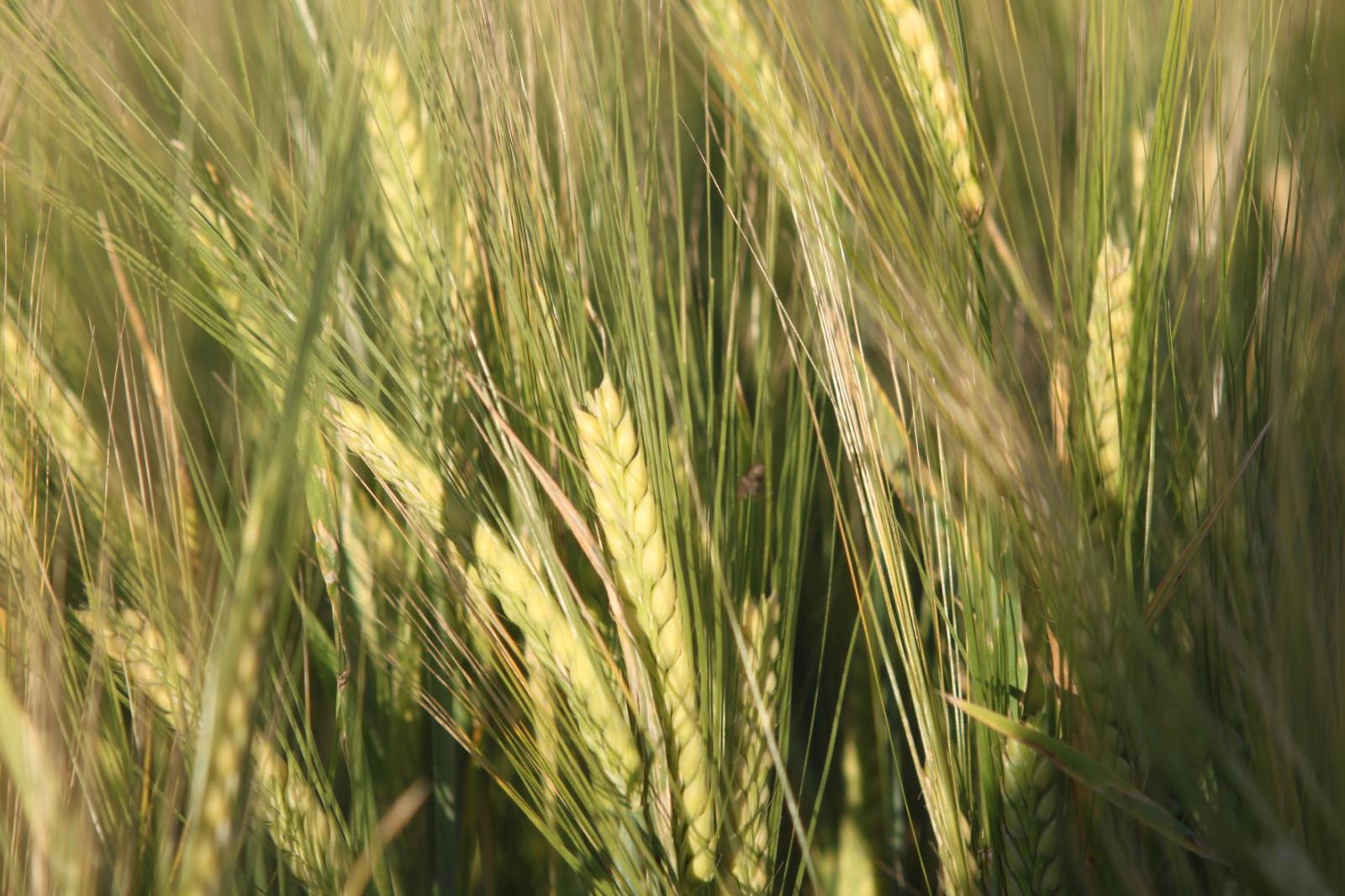Idaho remains nation's No. 1 barley state

BOISE – Idaho will retain its spot as the nation’s top barley-producing state this year and Idaho barley farmers produced almost a third of the United States’ total barley supply.
“We’re solidly in the No. 1 spot,” Idaho Barley Commission Executive Director Laura Wilder told IBC commissioners Oct. 30 during the group’s regular meeting.
According to USDA’s National Agricultural Statistics Service, Idaho barley farmers harvested 520,000 acres of barley in 2019, which was a 2 percent decrease compared with 2018. However, yields averaged 105 bushels per acre, up 4 percent over 2018.
Idaho farmers produced a total of 54.6 million bushels of barley this year, up 2 percent compare with 2018. That production represents 31.9 percent of the total U.S. crop of 153 million bushels.
Based on that estimate, Idaho barley farmers will bring in an estimated $274 million in cash receipts from this year’s crop, according to Wilder. That would be a 3 percent increase in revenue over 2018.
Barley ranks No. 7 in Idaho in terms of total farm cash receipts. Most of the state’s barley crop is grown for the beer industry.
The quality of Idaho’s 2019 barley crop was average to above average in most areas, said Jason Boose, who is the regional manager for MillerCoors and is based in Burley. He is also the industry representative on the barley commission.
There are some problems with barley quality in some areas of the United States but “Idaho in general is in really good shape,” Boose said. “The state has some of the best crop in the nation.”
IBC Commissioner Scott Brown, a Soda Springs farmer, said there was a little bit of sprout damage in Idaho this year caused by rain and snow that affected some of the late-harvested crop but overall, “Quality is good.”
Idaho overtook North Dakota as the nation’s top barley producing state in 2011 and after falling to No. 2 in 2012, regained the No. 1 spot in 2013 and has since solidified that top ranking.
Idaho’s reputation for producing a consistent, high-quality barley crop is one of the reasons the state has gained a tight grip on the No. 1 spot, said Brown.
Most of Idaho’s barley crop is irrigated, which insulates the state from the impacts of drought, and weather, altitude and agronomic conditions here are ideal for producing a consistent, reliable crop of barley, Wilder said.
Brown said the state’s No. 1 barley ranking is a lot more beneficial than just having bragging rights. More important, he said, it continues to place Idaho at the forefront of the industry when it comes to sourcing barley.
“I think more people look at Idaho for their supply of barley because we are the No. 1 producer as far as bushels go and we have a consistently high-quality crop,” Brown said. “That’s partly because of our irrigated ground. We don’t have to worry about drought like some other areas do. We also have less disease pressure here.”
According to USDA, Montana will rank No. 2 in barley production this year with an estimated 44.4 million bushels, which represents 25.9 percent of the nation’s total supply. North Dakota will rank third with 32.4 million bushels, 18.9 percent of the U.S. supply.
Idaho, Montana and North Dakota account for about 77 percent of the nation’s total barley production this year.
Montana’s 765,000 harvested acres were significantly more than Idaho’s 520,000 harvested acres this year, but Idaho’s average yield, at 105 bushels per acres, was far more than Montana’s average yield of 58 bushels an acre.
Idaho’s higher average yield is due to the fact that a lot more barley acres in this state are irrigated than in Montana.
North Dakota averaged 72 bushels an acre on 450,000 harvested acres.
Total U.S. barley production is estimated to have increased 11.6 percent this year but Boose said demand for barley is strong.
“There is a lot of demand now for barley,” he said. “That’s good for the industry as a whole.”
USDA will release a revised small grains report on Nov. 8 but Wilder said Idaho’s total acres and production shouldn’t change. Production in Montana and North Dakota, which faced significant weather-related issues, could decrease somewhat, she added.
Still can't find what you are looking for? Find by topic:
- Achievement Award (YF&R)
- Actions Alerts
- Advocacy
- Ag Ambassadors
- American Farm Bureau
- American Farm Bureau Policy Book
- Archive Photos
- Articles
- Board of Directors
- Calendar - State/District
- Calendar - County
- Capitol Reflections
- Collegiate Chapters
- Committee Application Form
- Commodities
- Convention Annual
- County Presidents & Board Information
- County Resource Page
- Delegate Form
- Discount Programs
- Discussion Meet
- Discussion Meet - High School
- Education Programs
- Events
- Excellence Award (YF&R)
- Expense Voucher
- Flickr
- Gem State Producer
- High School Discussion Meet
- High School Speech Contest
- Hope in Idaho Ag
- House of Delegates Credentials Form
- IFBF Board of Directors
- IFBF Policy Book
- IFBF Staff
- Insurance
- Legislative Action Program
- Legislative Issues
- Library
- MAC Trailer
- Magazines
- Map My Benefits
- Member Benefits
- Member Discount
- Membership Application
- Mission Statement
- Moving Agriculture to the Classroom
- Newsletter Sign up
- News Releases
- News Room
- Open Range Law
